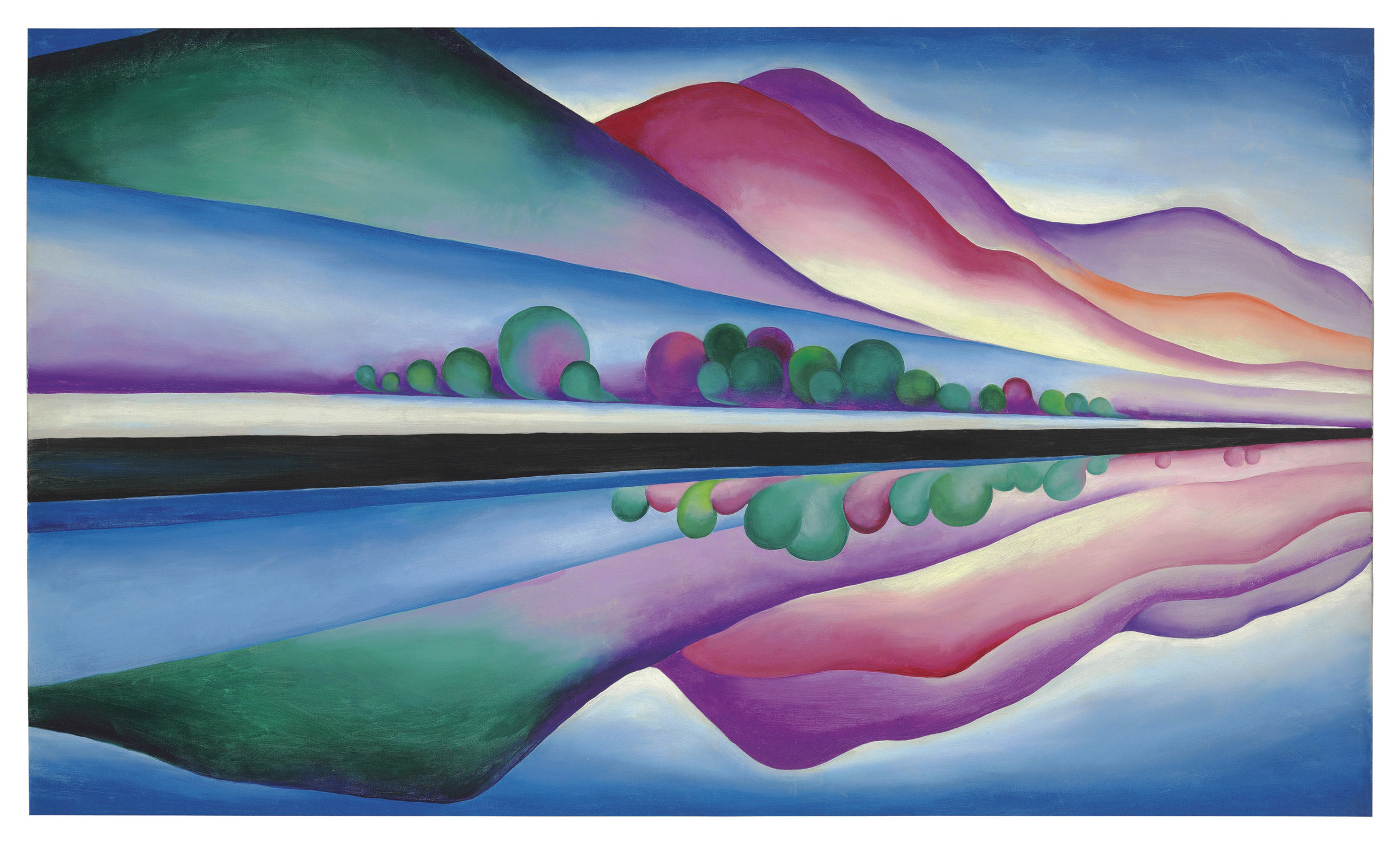Art + Feminism // Wikipedia, Representation & Art
Can you name five women artists? Off the top of your head, no Googling or asking a friend. Put that smartphone away, please. No cheating. Take a minute. It is okay if their names do not fly to the forefront of your mind immediately. I’ll wait. If you can name five women artists, go ahead and do something for me. Bring that phone back out and tweet, Instagram, or post to Facebook (or whatever social media platform you dig right now) their names using the hashtag #5womenartists. Challenge others to do the same. Toss the question into conversations. Surprise attack people with it. Try, “the service at this restaurant was great, but I wish the food had been better. By the way, can you name five women artists?” or “I love you, too, but can you name five women artists?”I have asked this question to rooms of college students, panels of academics, conference attendees, and (most recently) the audience of my thesis defense. Most of the names that pop up include the classics: Frida Kahlo, Georgia O’Keefe, and ‘That Woman Who Really Painted the Big Eyes Stuff.’ Of course, there are more than three women artists. You know it, I know it. So why is it so difficult to think of their names? Let’s start by examining a place that sees over 13 million visitors a day, mostly looking for answers.
Wikipedia serves as a “quick education” on anything that anyone considers important enough to write about. Wikipedia is often the first result when searching the Internet for a topic and many people reply on the site for learning about almost anything. Wikipedia is global, and the website exists in several languages, but it began in English. Wikipedia is contributed to and edited by anyone, whether they make a user account or not. No one who edits Wikipedia is paid—the website runs entirely on a volunteer basis. While free, easy access to an online encyclopedia of public information is a wonderful product in our Information Age, the idea that Wikipedia is democratic is problematic. Wikipedia promotes confidence in the neutrality and notability of its content—this falsely implies that the information on Wikipedia is unbiased and moderated fairly. It is not.
In 2011, it was discovered that about 10% of Wikipedia’s contributors identify as women. This meant that 90% of the content was generated—and edited—by men. This means an overwhelming amount of content that men care about, while content that is perceived as feminine is skimpy in comparison. Luckily, there are people trying to address this disparity on an international scale.
In 2013, a small group of four friends came together and formed the web-based organization Art+Feminism to address the lack of representation of women on Wikipedia. They harnessed information activism—a movement started by librarians to promote and protect access to information—to incite change in an area where they saw an absence of female representation in articles on science, art, and history, among others. This movement took the form of a Wikipedia edit-a-thon series, in which satellite locations across the country—then globally—organized training and collective editing sessions towards the dual purpose of writing women into Wikipedia, and encouraging women to write for Wikipedia. Since its beginning in 2014, the Art+Feminism Wikipedia edit-a-thon has become an annual event which has grown in popularity and impact, ranging from a beginning number of 600 participants to over 2,500 in 2016 and expanding to include other informally organized and grassroots activities.
There is a lack of representation of both women as contributors on websites like Wikipedia and of articles about women artists on Wikipedia: a circular problem. The consequence is that women are perceived as less valuable culture-makers, and their lack of visibility on public research platforms like Wikipedia serves to reinforce this idea. Art+Feminism tries to address this bias by both encouraging more women to edit Wikipedia and by facilitating the creation and editing of more articles about women artists. Through the Art+Feminism Wikipedia Edit-a-thon, the feminist art activist tradition is being harnessed to address this paucity. Meeting face-to-face is an important step in the process—it promotes accountability, peer learning, and encourages community building. By organizing face-to-face meetings—rather than just online meetups—a new community of editors is emerging in an otherwise scattered digital landscape.
Wikipedia is part of that public sphere, and the information that is accessible and available on Wikipedia reflects a particular idea of public priorities and interests. Through cyberfeminist efforts, organizations like Art+Feminism can challenge hegemonic structures of institutionalized digital spaces like Wikipedia and work to democratize public spaces—both online and off. And the best part? You can do it, too.
Words by Sarah Wyer from Washington D.C. This article originally appeared in Boshemia Magazine Issue 02: The Sublime. Buy your copy at our online shop!
Be sure to check out Art + Feminism's website, and get involved with their events!



